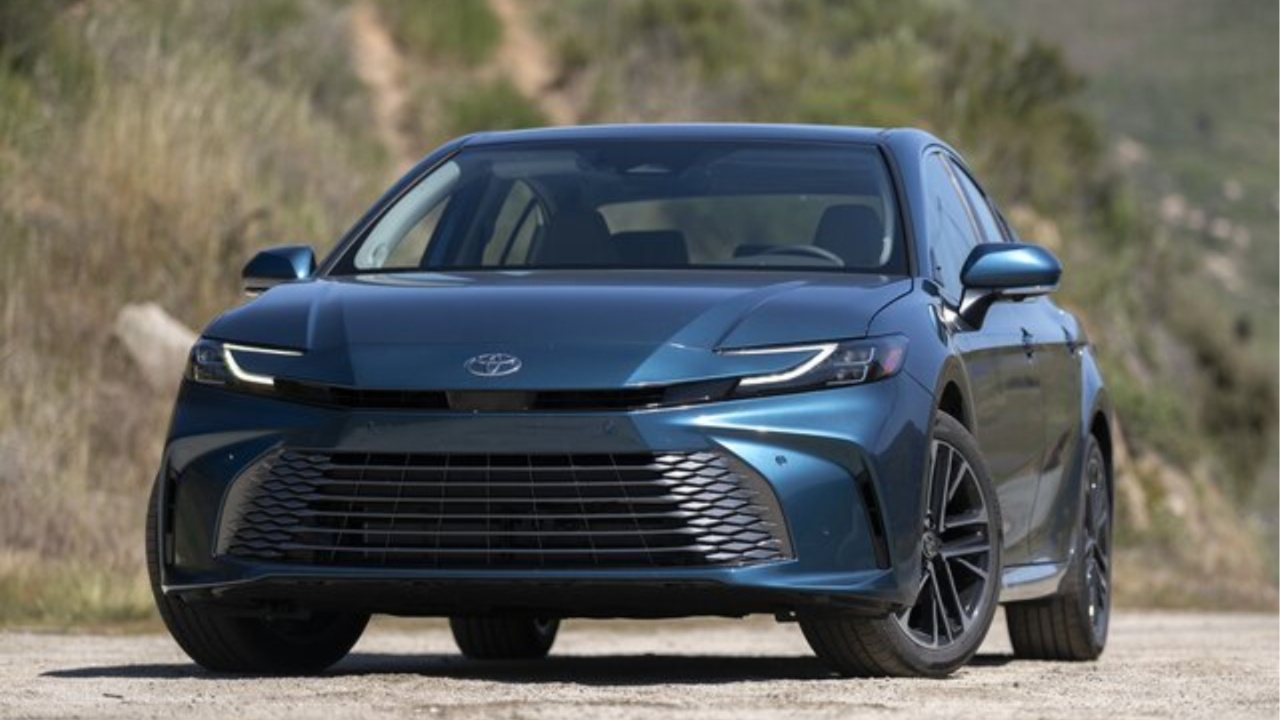As cars become more dependent on software and digital components, electronic reliability has emerged as a defining feature of a vehicle’s longevity. Gone are the days when mechanical wear and tear were the only concerns for drivers with high-mileage vehicles.
Today, even the most durable engines can be overshadowed by glitchy infotainment systems, erratic sensor feedback, or failing electronic control modules (ECMs). At the 100,000-mile mark, some vehicles maintain electronic stability with impressive grace, while others show signs of digital distress.
Understanding which vehicles hold up electronically over time is crucial for current owners, used car buyers, and anyone planning for the long term. Electronics influence nearly every aspect of the modern driving experience—from power windows and keyless entry systems to advanced driver-assistance systems (ADAS) and touchscreen interfaces.
As these features become standard, so does the risk of malfunction due to age, heat, vibration, or software bugs. The consequences can range from mere annoyance (like a laggy screen) to serious safety concerns (such as malfunctioning anti-lock braking systems).
This article outlines five vehicles known for their robust electronic systems well beyond 100,000 miles, and five that are infamous for glitches and electronic quirks as they age. While driving habits, climate, and maintenance play roles in every car’s lifespan, some patterns emerge across models and manufacturers.
The following assessments are based on general industry insights, consumer reports, reliability data, and anecdotal feedback from thousands of drivers and mechanics. No vehicle is immune to failure, but some make the high-mileage journey smoother and far less digitally frustrating.
Whether you’re shopping used or evaluating your current ride, knowing where your car lands on the electronic stability spectrum can make all the difference.
Also Read: 5 Vehicles With Smart Cruise Control and 5 That Lag Behind
5 Vehicles With Stable Electronics After 100K Miles
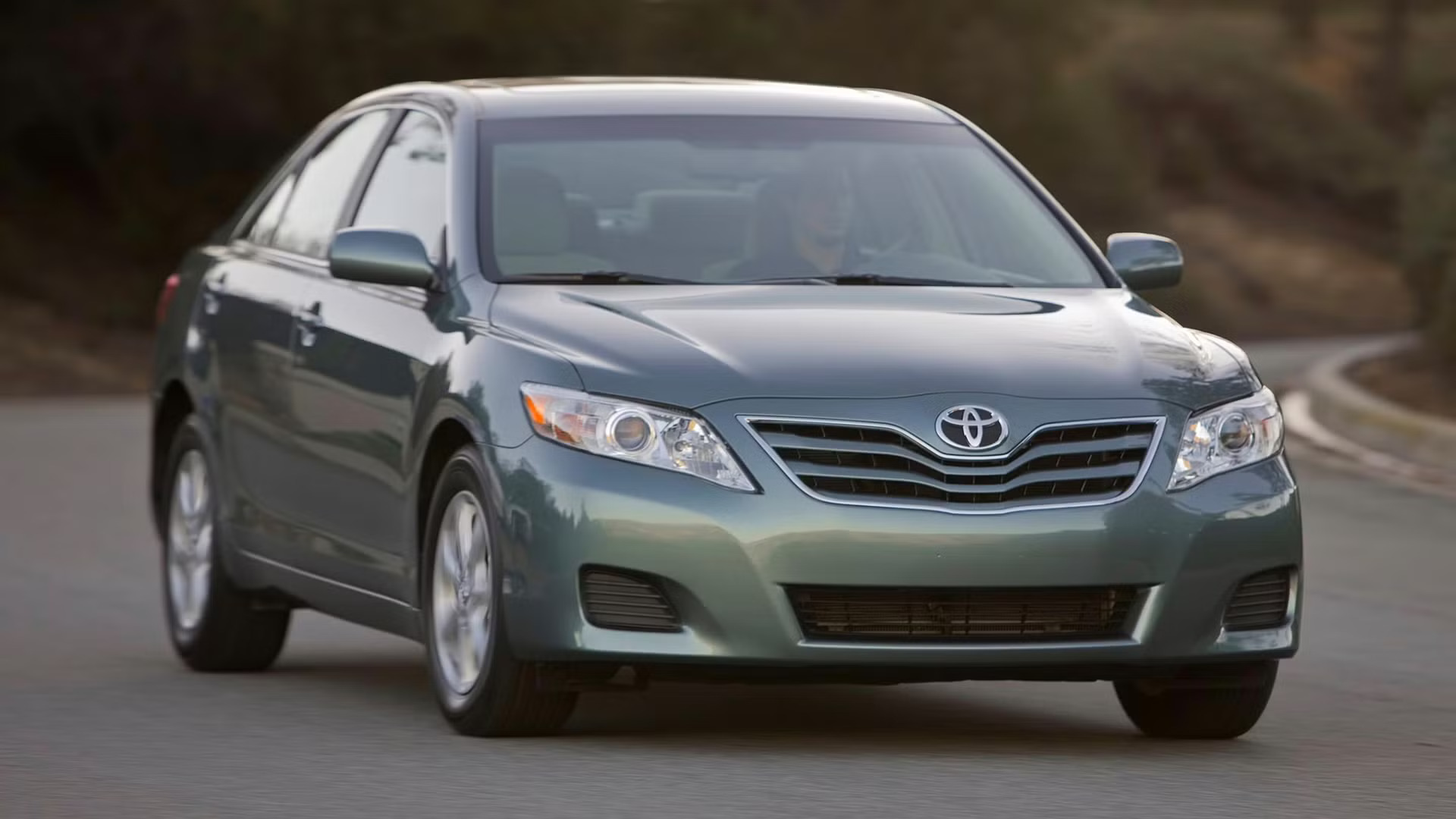
1. Toyota Camry (2012–2017)
The Toyota Camry has long been recognized for its mechanical reliability, but its electronics are just as commendable. Even past 100,000 miles, critical systems like the electronic power steering, anti-lock brakes, and engine control modules continue to function predictably and with minimal issues. This is largely due to Toyota’s conservative approach to technology integration—features are tested thoroughly before implementation.
Toyota’s reluctance to jump head-first into flashy tech trends pays off in long-term durability. While some manufacturers push frequent over-the-air updates or pack cars with experimental interfaces, Toyota typically lags—intentionally. In models like the 2015 Camry, for example, the infotainment is simple, slightly outdated, but stable. Users often report fewer instances of screen freezing, Bluetooth failure, or sensor miscommunication compared to more tech-heavy competitors.
Moreover, the Camry’s electronics are generally easier and cheaper to diagnose and repair when problems do arise. There’s a broad base of aftermarket support and diagnostics tools that ensure owners don’t have to visit the dealership for every hiccup.
This accessibility, paired with the car’s strong reputation, contributes to why so many Camrys continue to perform reliably at 150,000 miles and beyond with very few electronic complaints.
2. Honda CR-V (2013–2018 Models)
Honda’s CR-V is another standout for high-mileage electronic reliability. Its systems—particularly in the 2013–2018 models—are stable, practical, and well-supported by Honda’s extensive dealership and parts network. Most issues tend to stem from wear-related mechanical parts rather than glitches in the electrical or electronic domains.
The CR-V incorporates a balanced level of technology. Features such as backup cameras, automatic climate control, and Bluetooth connectivity work reliably over time. Honda’s software, while perhaps not the flashiest, is built for consistency. Electronic power steering and traction control systems rarely cause issues, and the car’s ECU does not commonly suffer from failures or the need for frequent reflashing.
Additionally, Honda tends to use high-quality wiring harnesses and protective shielding, which reduces corrosion and interference issues over time. As vehicles age and face more extreme temperature swings, this insulation helps prevent the kind of electronic anomalies that plague many of its competitors. For owners looking for a stress-free driving experience post-100K miles, the CR-V remains a smart bet.
3. Lexus RX (2010–2016)
Luxury and reliability don’t always mix, but Lexus proves they can with the RX series. Known for being a more refined cousin of the Toyota Highlander, the RX benefits from Toyota’s engineering principles, including conservative and durable electronics. Even after 100,000 miles, many RX models maintain fully functional electronics, from advanced climate control to adaptive lighting.
A major reason for this resilience is Lexus’ attention to quality control and its resistance to rushing bleeding-edge tech into consumer vehicles. While newer luxury brands sometimes falter with over-complicated features, Lexus integrates technology in a more calculated way. As a result, even the navigation systems and infotainment remain usable long after competitors begin to stutter or fail entirely.
The RX also features robust vehicle stability and traction control systems that rarely encounter sensor failures. Interior components—like window regulators, seat motors, and dash electronics—tend to work reliably, even as the miles stack up. Drivers who value both luxury and peace of mind past 100K miles often find the RX to be an ideal compromise between tech and trustworthiness.

4. Subaru Outback (2015–2019)
Subaru’s reputation often centers on all-wheel drive and rugged utility, but the Outback deserves credit for its well-rounded electronic reliability in mid-decade models. Especially between 2015 and 2019, the Outback demonstrates solid durability in its infotainment systems, safety electronics, and internal control modules well past the 100,000-mile milestone.
This era of Outbacks introduced Subaru’s EyeSight driver assist technology, which includes adaptive cruise control, lane keep assist, and pre-collision braking. While similar features from other brands often become unreliable with age, EyeSight has proven surprisingly stable. Sensors remain aligned, software remains usable, and few widespread issues are reported with system reboots or malfunctions.
Subaru also benefits from a community of enthusiasts and repair specialists who help keep older models running efficiently. Firmware and system diagnostics tools are widely available, meaning owners can keep their Outbacks’ electronics in shape without relying on dealer visits. For those needing a practical, weather-capable car with dependable long-term electronics, the Outback stands strong.
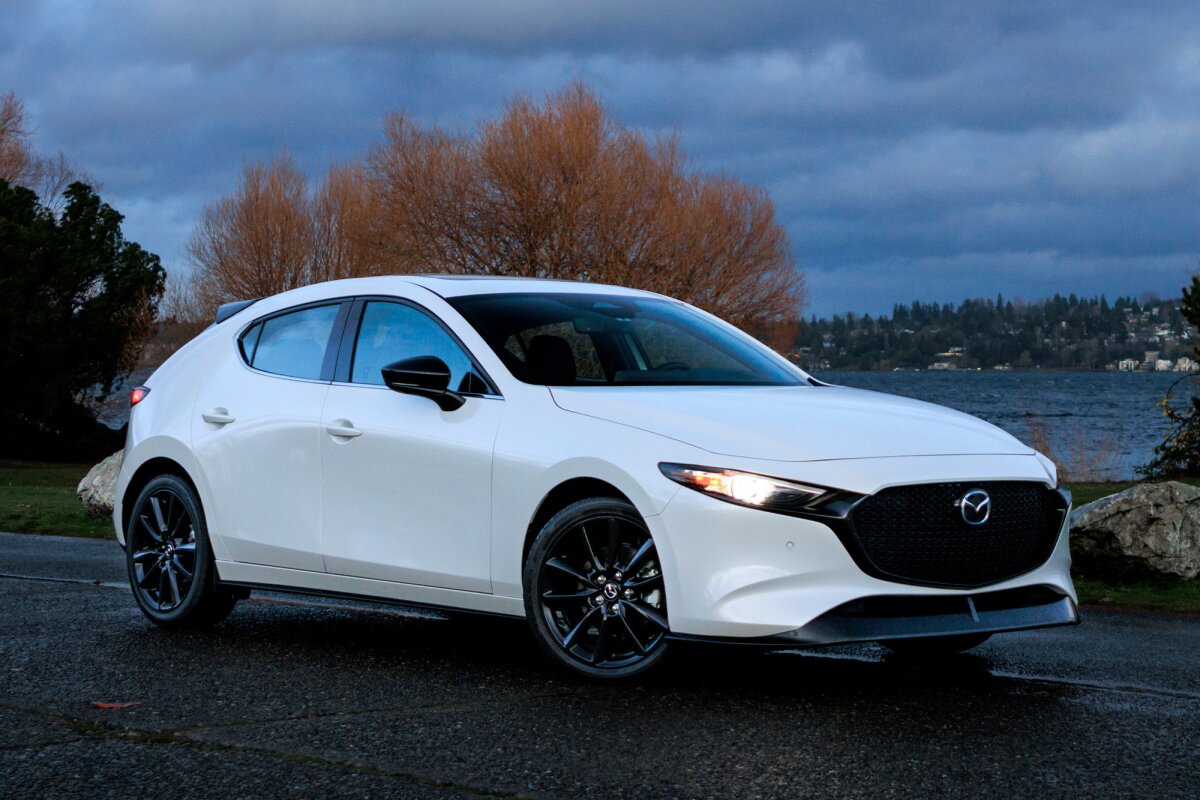
5. Mazda3 (2014–2018)
Mazda often flies under the radar in the reliability discussion, but the Mazda3 is a quiet champion, especially when it comes to long-term electronic functionality. In the 2014–2018 models, the electronics are simple enough to be reliable but modern enough to feel current. This combination makes the Mazda3 an underrated gem for buyers focused on lasting tech.
The Mazda Connect infotainment system introduced in these models had a few quirks initially but was patched through software updates that stabilized performance. More importantly, once updated, the system doesn’t show the same level of deterioration or lag that plagues rival systems. Functions like navigation, Bluetooth, and backup camera integration continue to work reliably after the 100K threshold.
Additionally, the car’s ECU, transmission control module, and safety sensors seem to resist the heat, vibration, and electrical fatigue that often trip up rival compacts. Mazda’s design also minimizes integration between unrelated systems, meaning a faulty window motor isn’t likely to confuse the ECU, and a dead battery won’t wipe out system memory. It’s thoughtful engineering, and it shows in long-term performance.
5 Vehicles That Glitch Out After 100K Miles
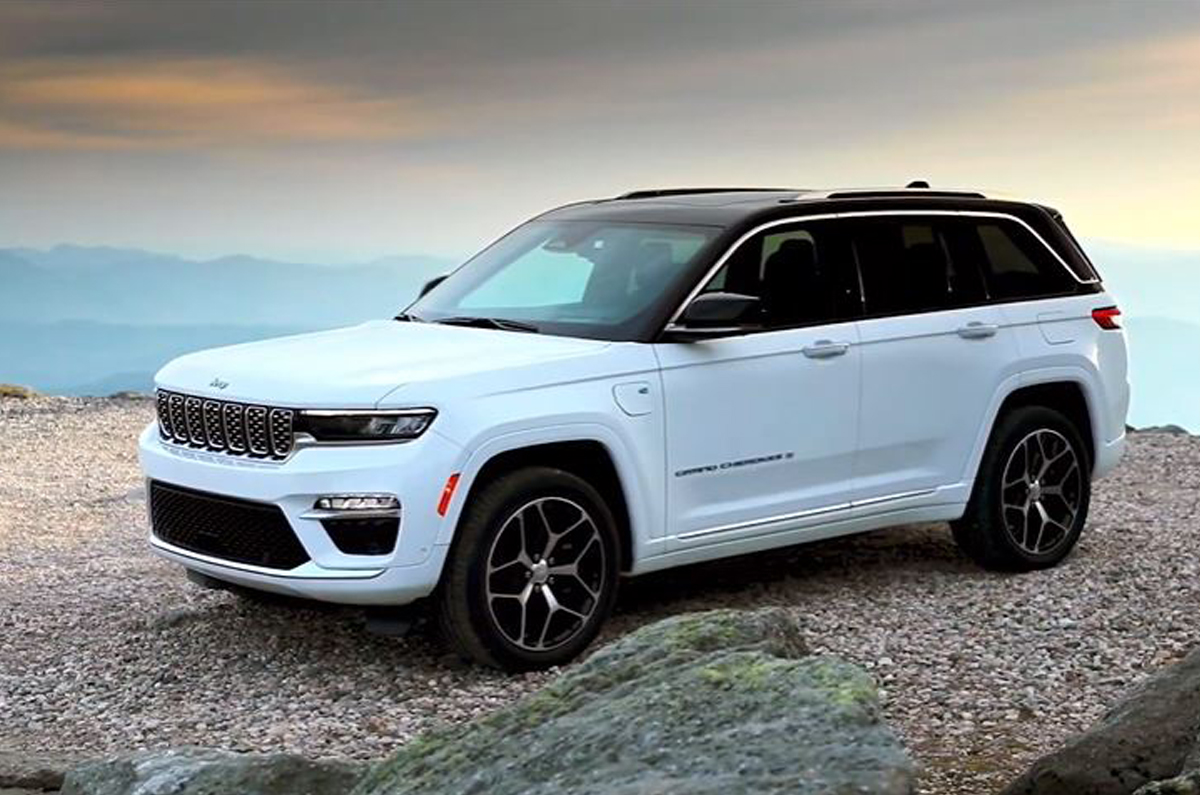
1. Jeep Grand Cherokee (2011–2019)
Jeep’s Grand Cherokee offers a powerful and capable driving experience, but its electronics often fall short after 100,000 miles. Owners frequently report issues ranging from erratic dashboard lights to complete infotainment failures. These problems aren’t limited to isolated incidents—they’re systemic and recurring.
A common issue involves the Uconnect system, which can freeze, reboot unpredictably, or lose functionality entirely. Touchscreen responsiveness declines, and features like GPS and phone connectivity often become unreliable. In some cases, electronic modules responsible for controlling power seats, windows, and locks also begin to malfunction. These failures can be expensive to diagnose and fix.
Another frequent concern is the vehicle’s Totally Integrated Power Module (TIPM), which is essentially the electronic brain of the car. Faulty TIPMs have caused a wide range of bizarre behaviors, from vehicles failing to start to windshield wipers turning on by themselves. Though Chrysler has made improvements in newer models, the legacy of electronic gremlins still haunts the brand’s older lineup.
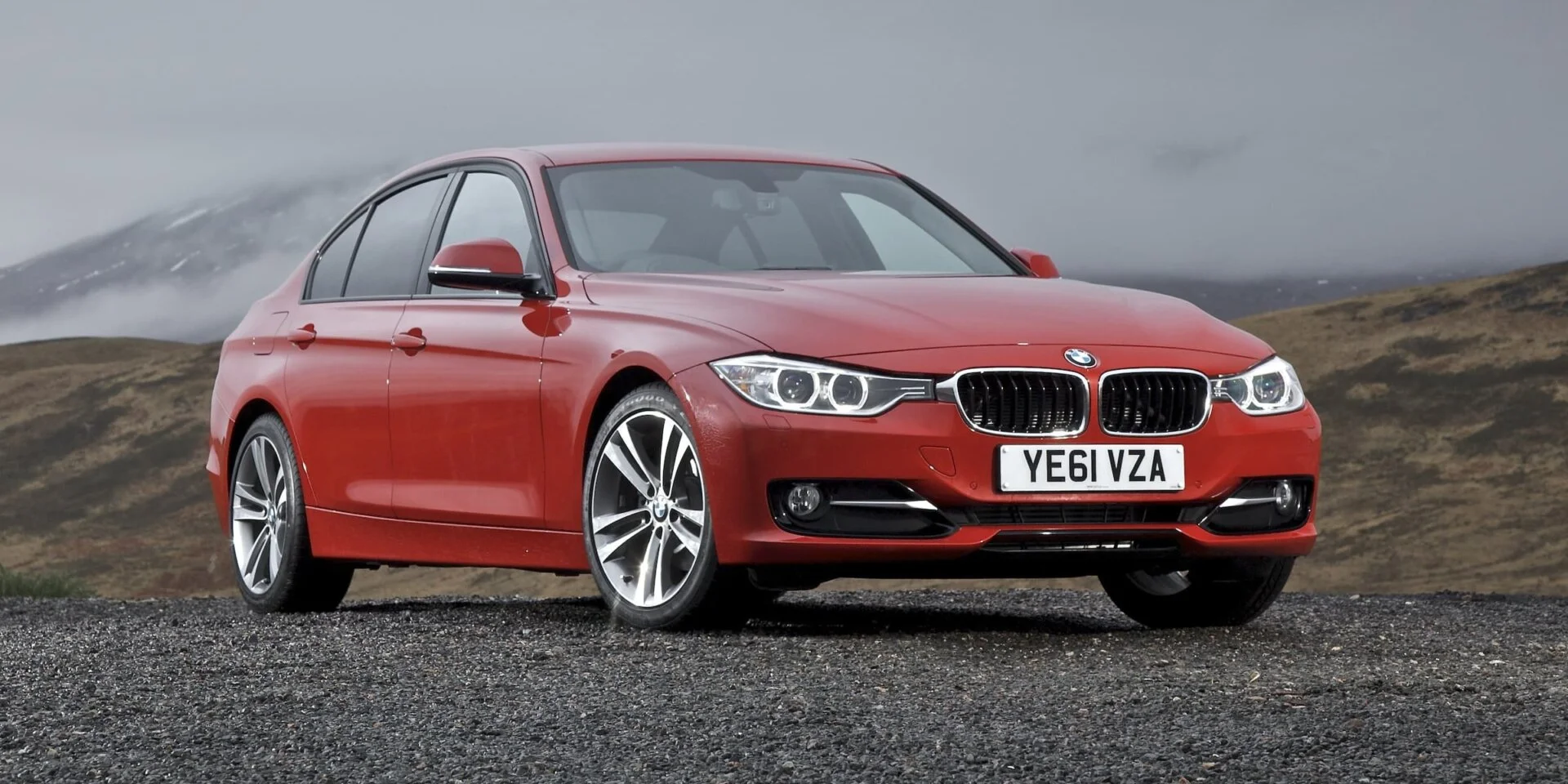
2. BMW 5 Series (F10 Generation, 2011–2016)
The BMW 5 Series from this era is an enticing blend of performance and luxury—until the electronics begin to age. After the 100K-mile mark, owners often experience a cascade of issues related to sensor failures, iDrive glitches, and electrical shorts. BMW’s tightly integrated systems mean one failure can easily cause a domino effect.
The iDrive system, in particular, becomes increasingly problematic. Lags, crashes, and navigation system failures are common complaints. Additionally, electronic parking brakes and dynamic driving control systems (like adaptive suspension and steering) often become unreliable or require costly module replacements. The complexity of the car’s electronics makes DIY repair extremely challenging.
Beyond infotainment, BMW’s reliance on a vast network of control units—each overseeing specific systems—leads to synchronization issues. For example, a fault in a tire pressure sensor can affect the traction control system. Repairs often involve dealer-level diagnostics and software reprogramming, which makes long-term ownership financially difficult once the warranty expires.

3. Ford Focus (2012–2018)
The Ford Focus, particularly from the third-generation years, is infamous for more than just its transmission problems—it also struggles with electronic reliability. As these cars cross the 100,000-mile line, many drivers encounter malfunctions in key modules, sensor systems, and dashboard electronics.
A major issue lies in the car’s body control module (BCM), which manages everything from interior lighting to power locks and windshield wipers. When the BCM begins to fail—a common issue in high-mileage Focus models—strange electrical gremlins appear. Lights flicker, windows stop responding, and even ignition failures can occur without a clear cause.
Additionally, infotainment systems in these models are prone to crashing or freezing, and many owners report malfunctioning rearview cameras and sync issues with mobile devices. Ford issued some software patches, but for many owners, these were too little, too late. Combined with the dual-clutch transmission woes, the Focus struggles to hold up as a long-term vehicle electronically.
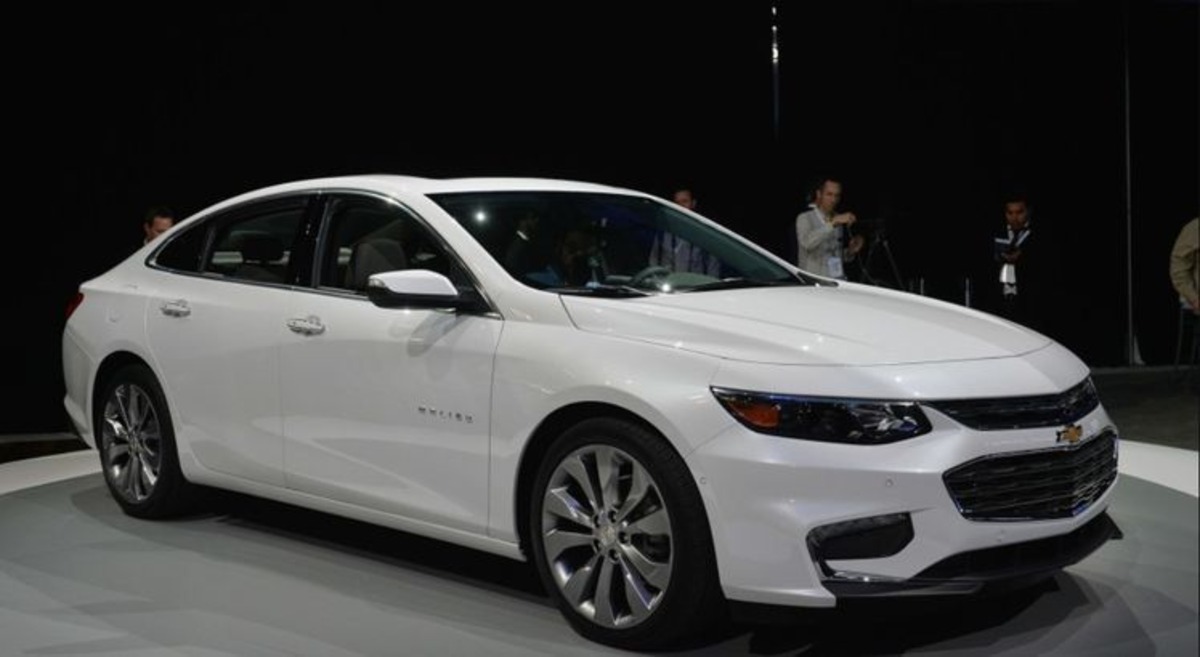
4. Chevrolet Malibu (2013–2016)
The Chevrolet Malibu of this era came packed with tech for a midsize car, but its electronic architecture hasn’t aged gracefully. Common problems include infotainment system crashes, dashboard warning light malfunctions, and complete failure of the MyLink touchscreen interface. After 100K miles, it’s not unusual for these problems to appear frequently.
Owners have also reported persistent issues with electric power steering assist failing sporadically, often accompanied by ominous dashboard warnings. The culprit is often a failing module or poor grounding, which becomes more common as the car ages and components corrode or wear. These glitches are more than annoying—they can be safety concerns.
Additionally, the Malibu is known for battery drain issues linked to faulty relays or body control modules that fail to power down systems properly. This means owners frequently deal with dead batteries and the inconvenience of resetting electronic components. Despite its stylish looks, the Malibu’s electronics make it a questionable long-term companion.
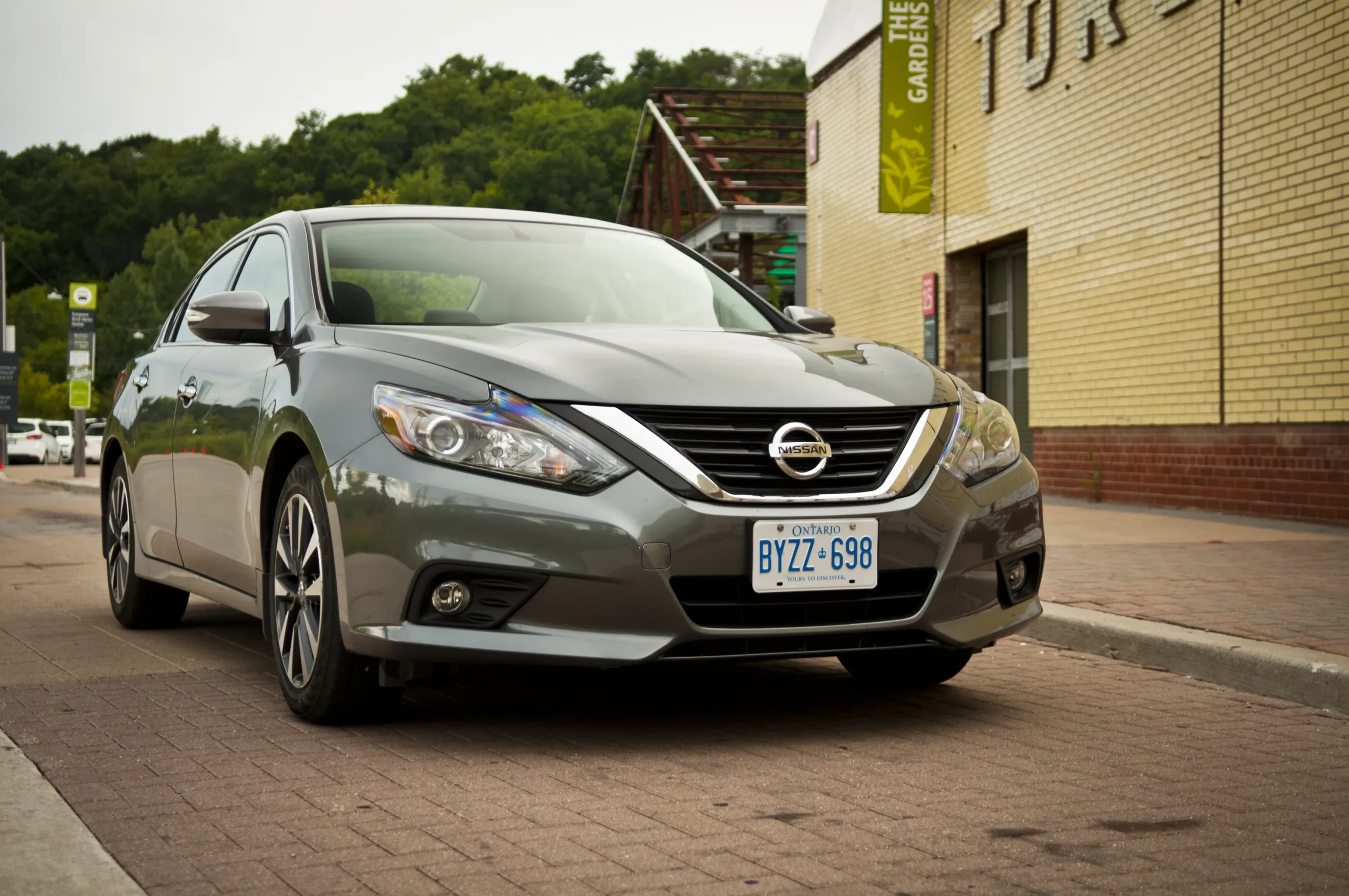
5. Nissan Altima (2013–2018)
The Nissan Altima enjoys popularity for affordability and fuel economy, but its electronic reliability beyond 100,000 miles is a mixed bag, mostly trending downward. Particularly in the 2013–2018 generation, electronic issues begin to crop up well before the 150K mark, and sometimes even before 100 K.
Problems range from failing push-button start systems to malfunctioning power seat motors and climate control failures. Many of these are tied to poorly designed modules that wear prematurely or suffer from heat exposure. The infotainment systems, while initially functional, tend to lag and lose functionality over time, especially the navigation and audio components.
Another area of concern is the continuously variable transmission (CVT), which itself has control systems that sometimes generate false errors or enter limp mode unnecessarily.
Though the transmission is a mechanical issue at its core, its integration with the car’s electronic control units makes diagnosing and repairing Altimas increasingly difficult as they age. Long-term, this makes the Altima a riskier bet for budget-conscious buyers looking for low-maintenance ownership.
In today’s automotive landscape, electronic reliability is just as important as mechanical endurance, and in some cases, even more so. As vehicles become increasingly reliant on technology, the role of electronics in determining a vehicle’s longevity has grown substantially.
From advanced driver assistance systems (ADAS) and infotainment to essential components like power steering and braking systems, a vehicle’s digital infrastructure is critical to its functionality. As such, cars that maintain their electronic systems past 100,000 miles can save their owners significant amounts of time, money, and stress, as well as avoid some of the inconvenience of malfunctioning technology.
The vehicles that excel in this regard, such as the Toyota Camry, Lexus RX, and Mazda3, do so thanks to their engineering philosophy, which strikes a balance between modern technology and proven reliability. These vehicles tend to use technology that has been tested for durability and functionality over time.
Manufacturers like Toyota and Lexus, known for their reputation for reliability, are careful to introduce technology that enhances the driving experience without compromising the vehicle’s fundamental reliability. For instance, these vehicles integrate more traditional but durable technologies, reducing the risks associated with complex, cutting-edge systems.
As a result, owners of these vehicles are less likely to experience disruptive and expensive electronic failures, even after they’ve passed the 100,000-mile mark. Furthermore, because these brands have invested heavily in ease of maintenance and repair, it is often simpler and more affordable to address any issues that do arise.
Conversely, some vehicles—like the Jeep Grand Cherokee, BMW 5 Series, and Chevrolet Malibu—are notorious for their electronics glitching out well before they reach high mileage. These vehicles may come packed with impressive tech features when they’re new, but their systems tend to degrade quickly.
A complex interplay of intricate control modules, sensor systems, and user interfaces can lead to a cascade of issues as the vehicle ages. For instance, in vehicles like the BMW 5 Series, the overabundance of electronic systems creates potential points of failure, and a malfunction in one system can sometimes trigger a domino effect that causes multiple failures.
Furthermore, these issues are often not easily remedied. For many of these vehicles, repair costs can be exorbitant, and without the proper diagnostic tools, fixing these problems can be a challenge even for skilled mechanics.
The lesson here is clear: when considering a vehicle for long-term ownership, it’s essential to weigh the reliability of its electronics as much as its engine or transmission. A car’s durability isn’t just about how well the engine runs, but how well it integrates and maintains its technological systems over time. Buying a car known for its stable electronics can spare you from unexpected failures, expensive repairs, and frustrating inconveniences.
For those who rely heavily on their vehicle’s tech, whether it’s an infotainment system for daily commutes or advanced safety features for family trips, choosing a vehicle with a track record of stable electronics beyond 100,000 miles should be a priority. On the other hand, if a flashy, tech-laden vehicle catches your eye, remember that while it might impress on day one, its electronic systems could prove unreliable as the vehicle ages.
In conclusion, the best vehicles for long-term ownership aren’t always the ones that are packed with the latest and greatest tech; rather, they are the ones where technology enhances the driving experience without overwhelming the vehicle’s core reliability.
Also Read: 5 Cars With User-Friendly Tech and 5 That Are Overcomplicated
For those who are looking to invest in a vehicle that can last well beyond the 100,000-mile mark with minimal electronic hassle, vehicles like the Toyota Camry, Honda CR-V, and Lexus RX stand as prime examples of vehicles that excel in maintaining their digital stability over time.
Conversely, while the technology in cars like the Jeep Grand Cherokee or BMW 5 Series may be appealing in the short term, the risk of encountering frustrating and expensive electronic failures as they age is something to seriously consider before making a purchase.
The key takeaway for drivers is that in an age where technology increasingly influences every aspect of our lives, including our vehicles, the balance between innovation and reliability is crucial. Understanding how a car’s electronic systems hold up over time will allow you to make an informed decision, ensuring that your ride remains both functional and enjoyable for years to come.

